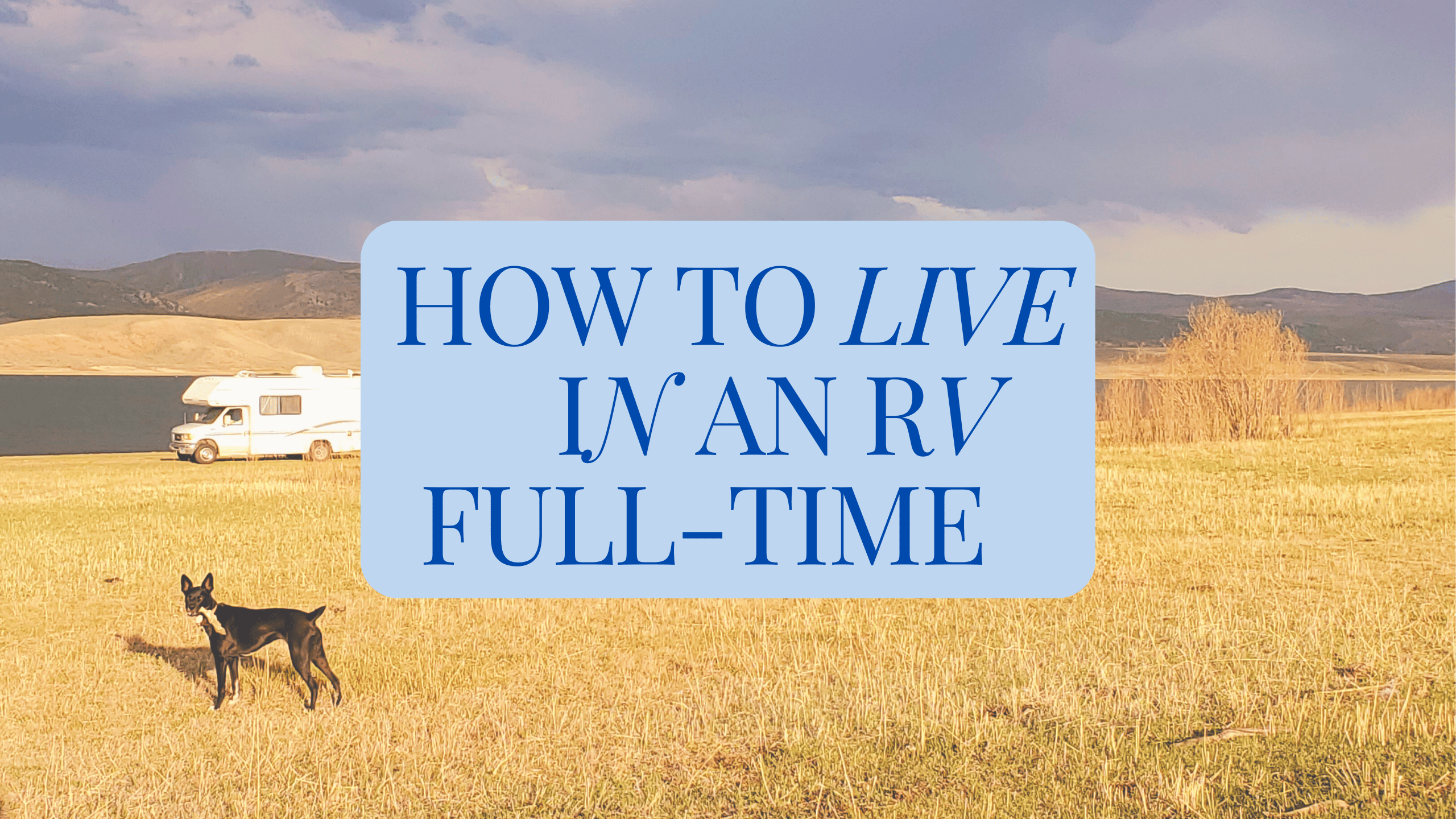Posted by
on
Living in an RV full-time is a dream for many, offering the freedom to explore new places, live minimally, and embrace a nomadic lifestyle. However, transitioning from a traditional home to a mobile one comes with a unique set of challenges. But with the right mindset and planning, it can be the most rewarding adventure you’ve ever embarked upon!
Whether you’re considering the RV lifestyle for adventure, financial reasons, or the love of travel, I’ve created a comprehensive guide to help you get started- or improve – on your RV Life.

Declutter:
Storage Solutions:
Budgeting:
Income:
Mail and Residency:
Insurance:
Safety:
Finding Campsites:
Route Planning:
Internet and Communication:
Routine Checks:
Community:
Health and Well-being:
Flexibility and Adaptability:
Living in an RV full-time is an adventure that offers a unique way of experiencing the world. With careful planning, the right mindset, and a spirit of adventure, you can successfully navigate the challenges and enjoy the countless rewards. Whether you’re a solo traveler, a couple, or a family, the road is waiting for you. Happy travels!
DISCLAIMER: Carolyn’s RV Life and Carolyn Higgins share her experiences, thoughts, opinions and ideas in this blog post and on this website for entertainment purposes only. It is not intended to be a substitute for professional advice, instruction or guidance. Viewers/Readers should consult with professionals before pursing any actions or behaviors exhibited in this video. Carolyn’s RV Life or Carolyn Higgins cannot be held liable in the event of any accident or injury that may occur as a result of application of procedures and information provided in this video.
Join the Fun! Subscribe to Carolyn’s RV Life email list and get stories, pictures, videos, advice, tips, and more!
Want to receive sneak peaks, insider news and exclusive content? Join the Carolyn’s RV Life Patreon Community!
One Response
This is great! Thanks for doing it. I travel once or twice a month. It’s the best thing I’ve done for myself. I’m retired now. Love it!